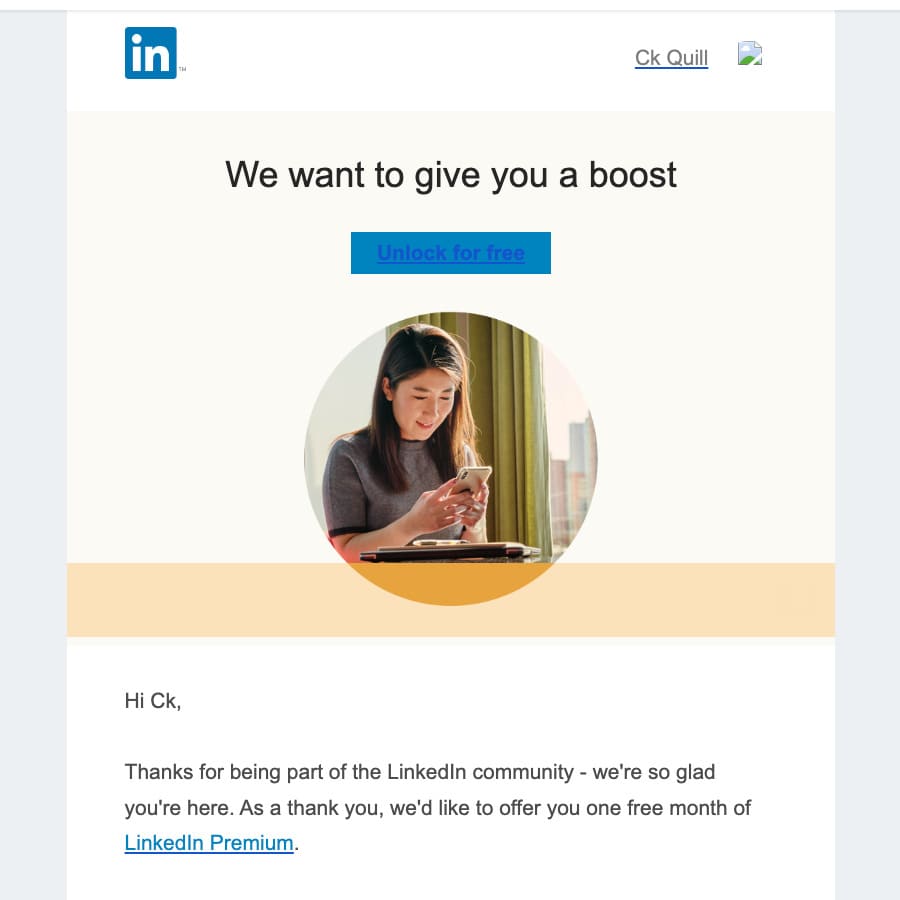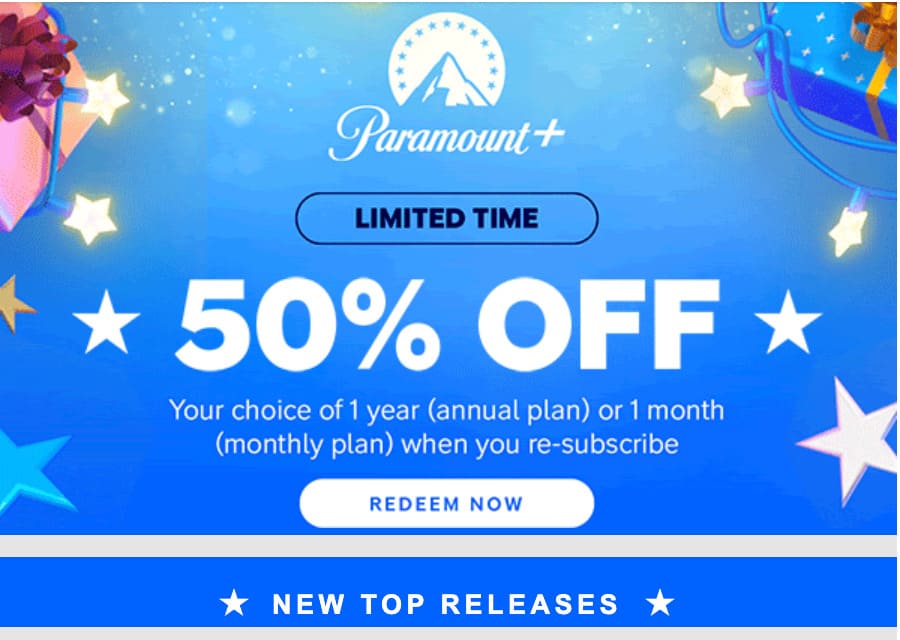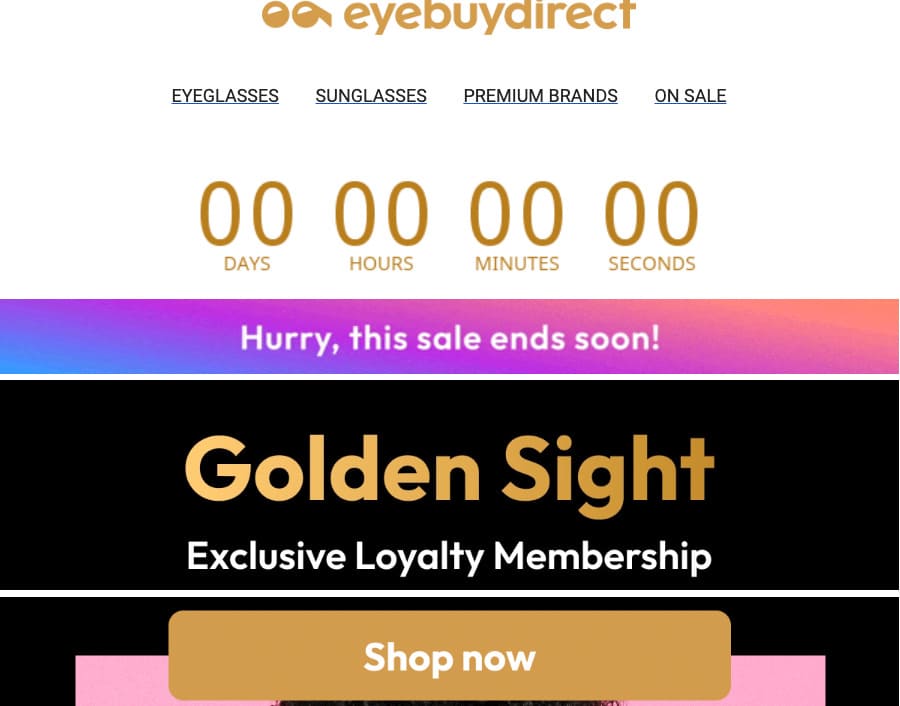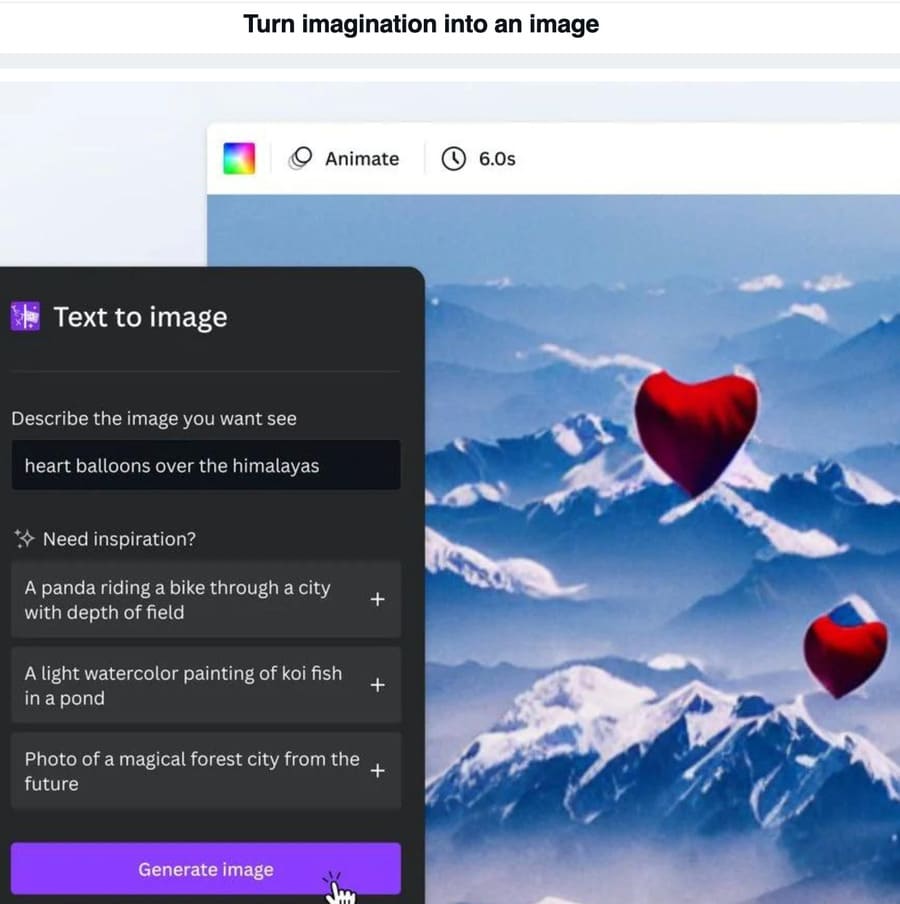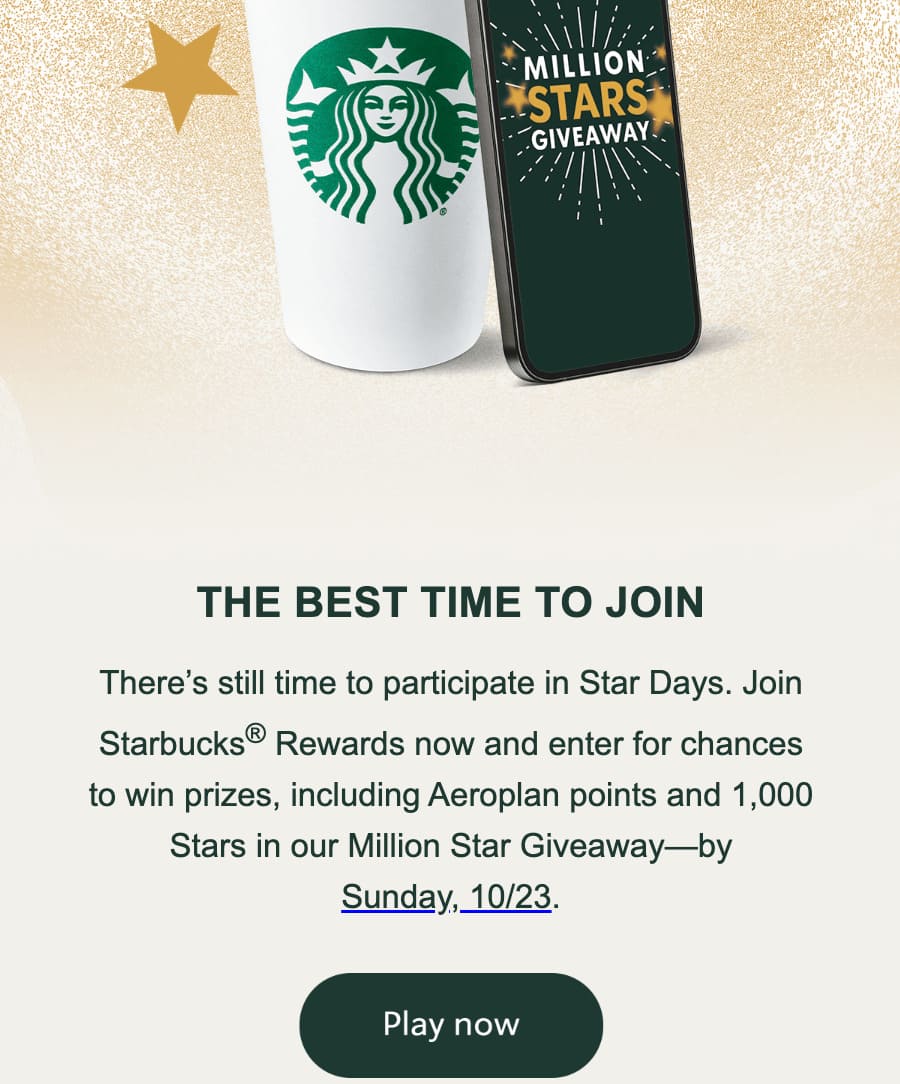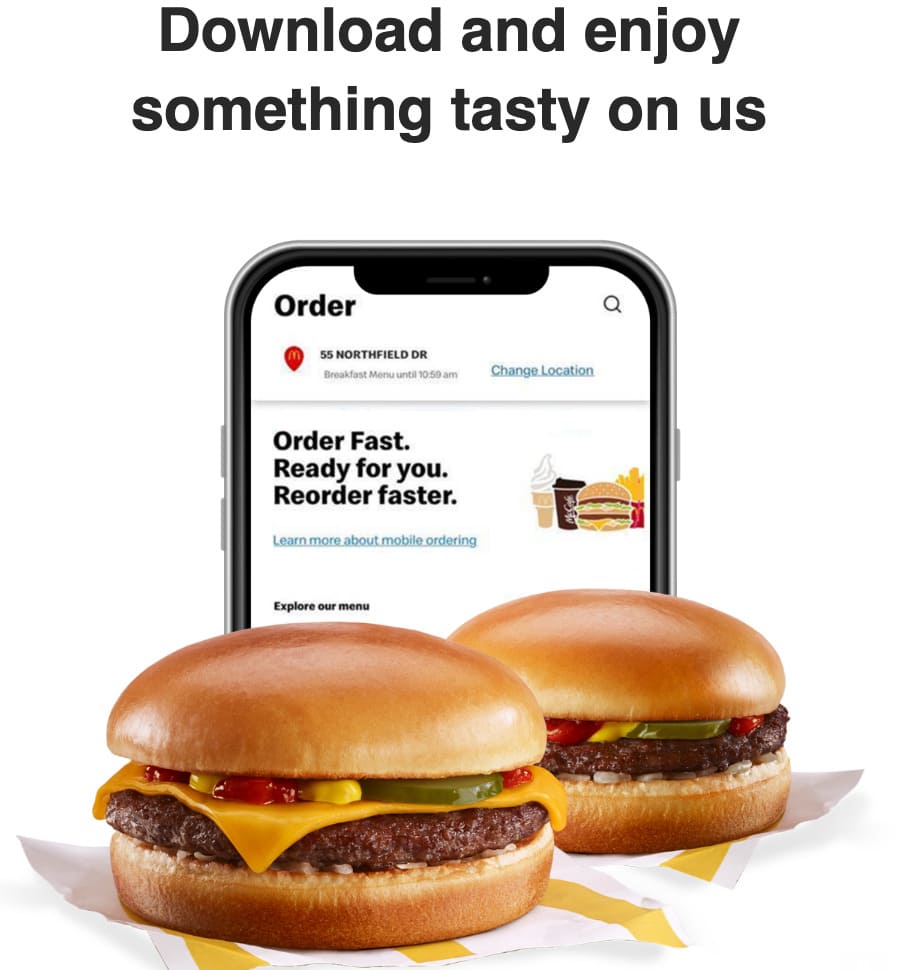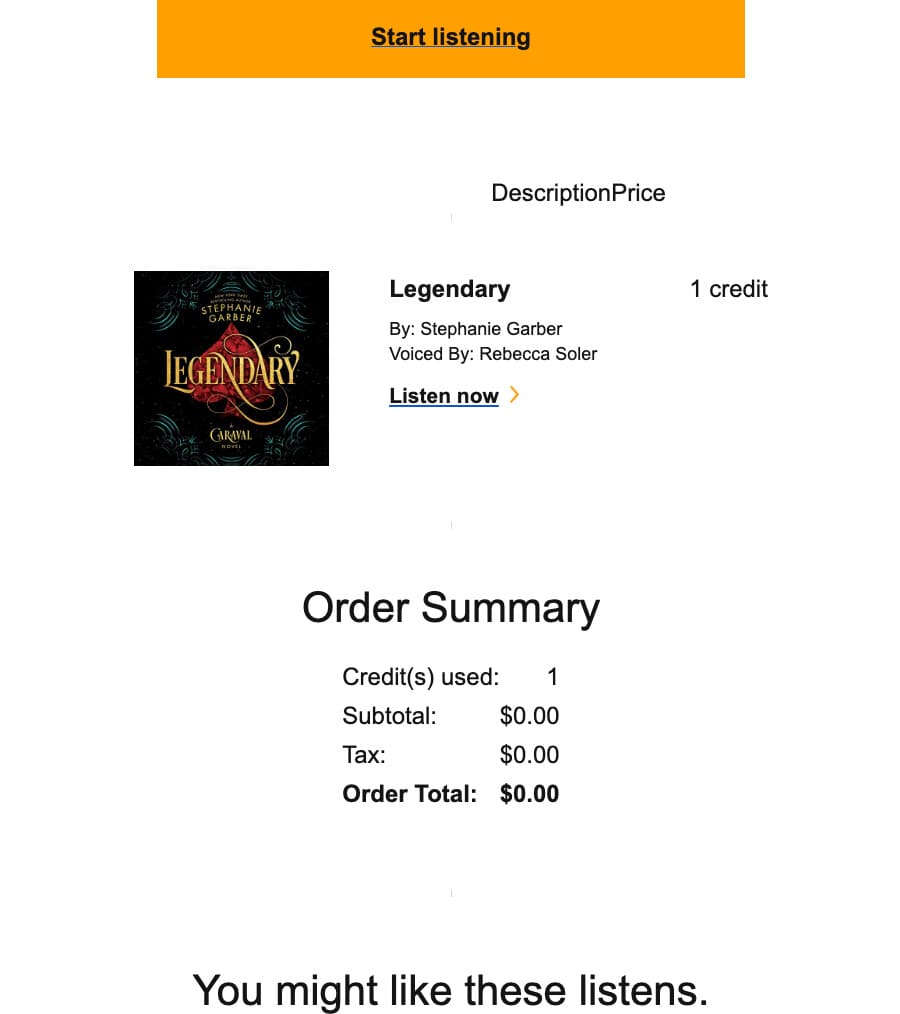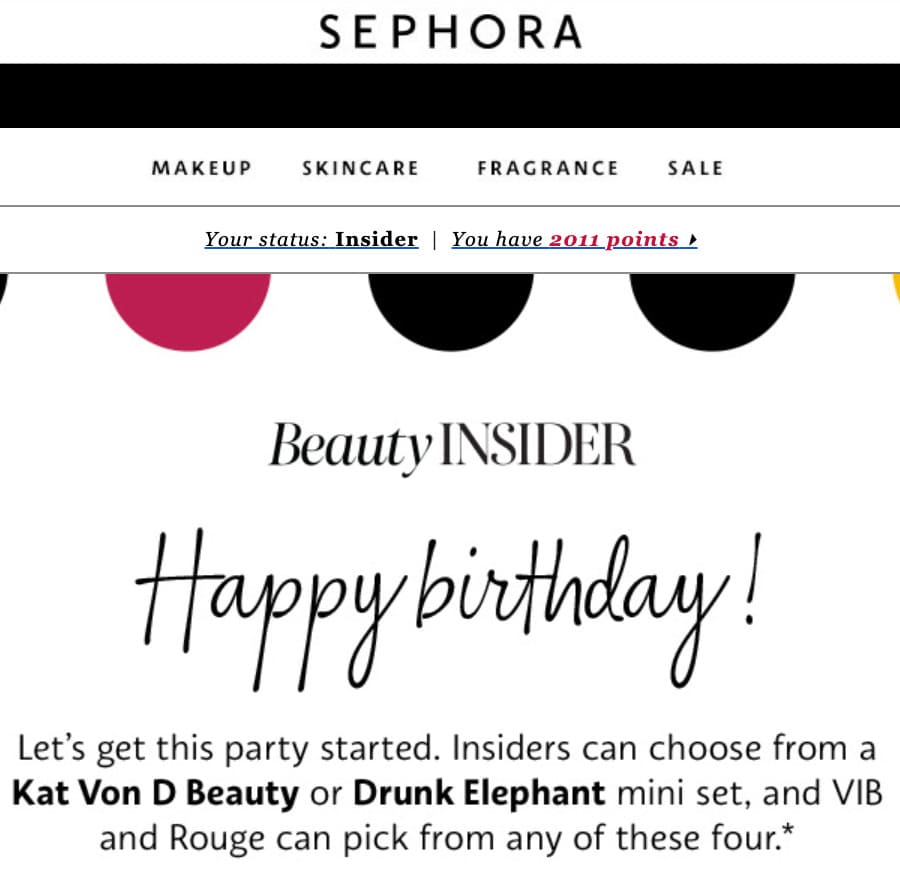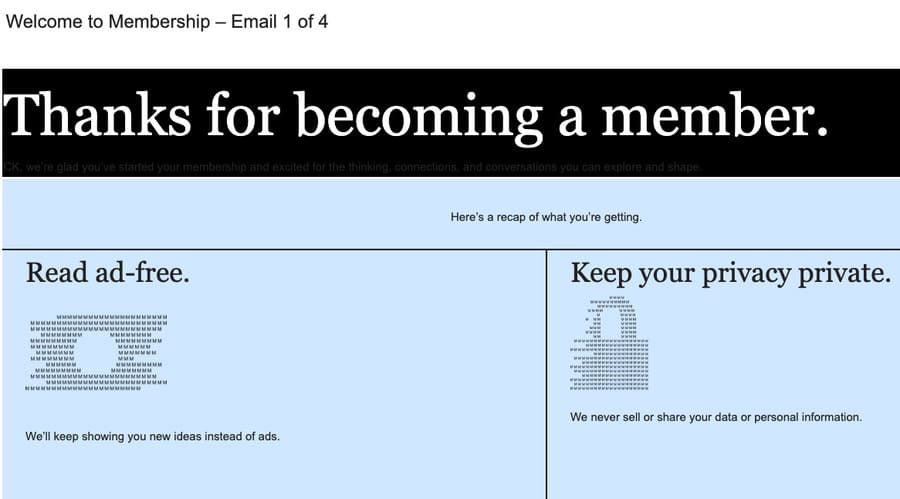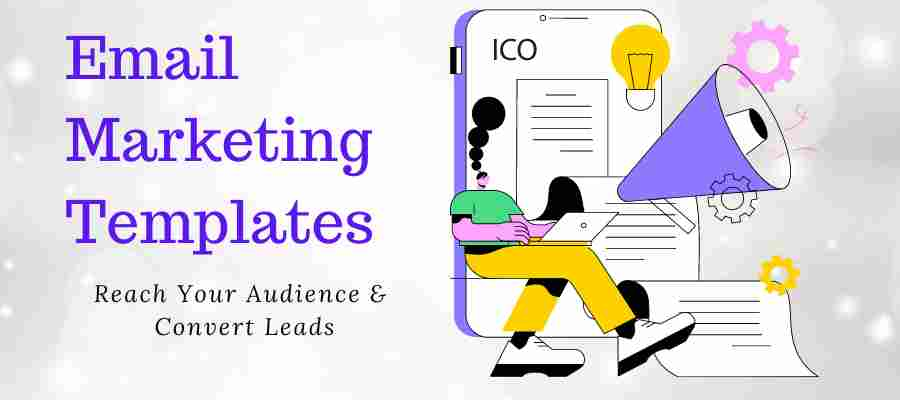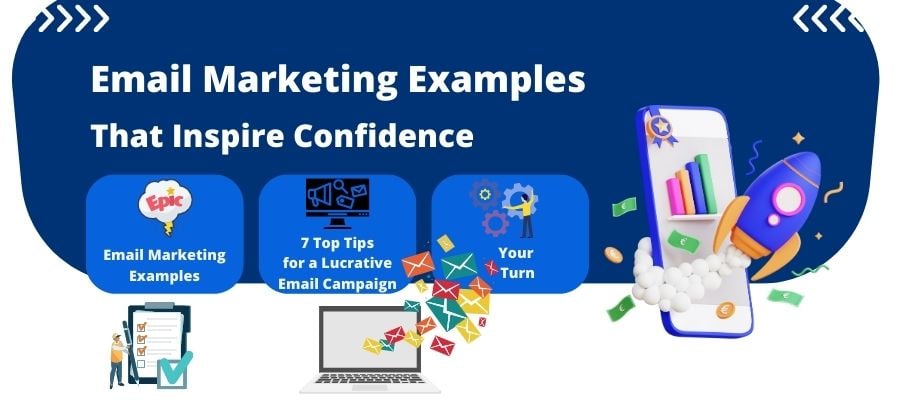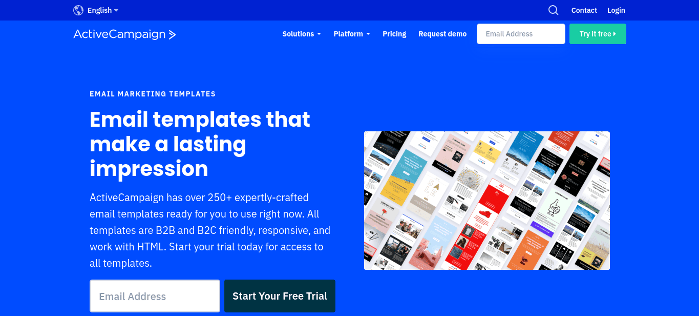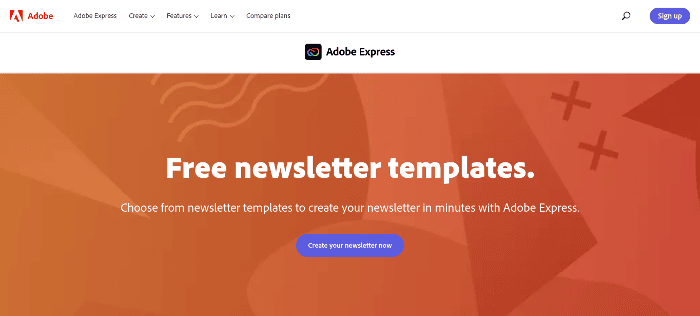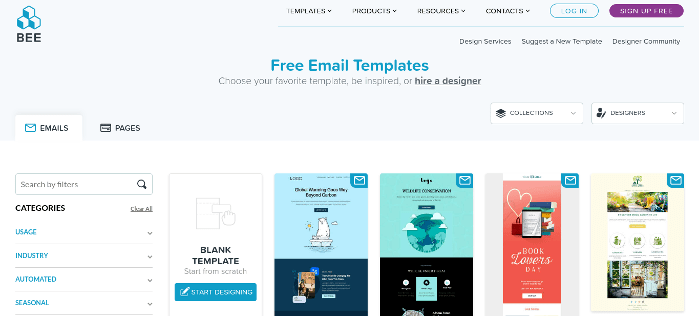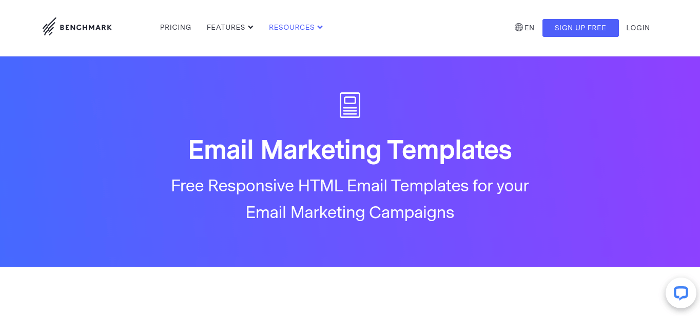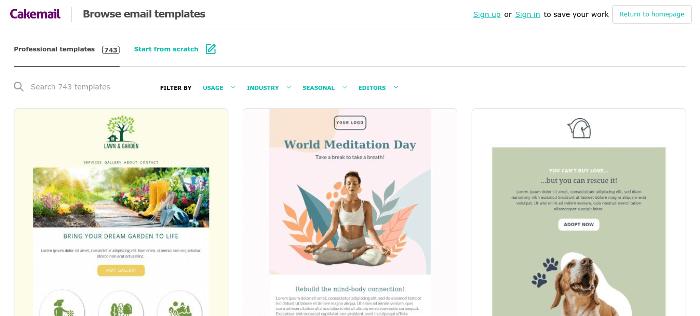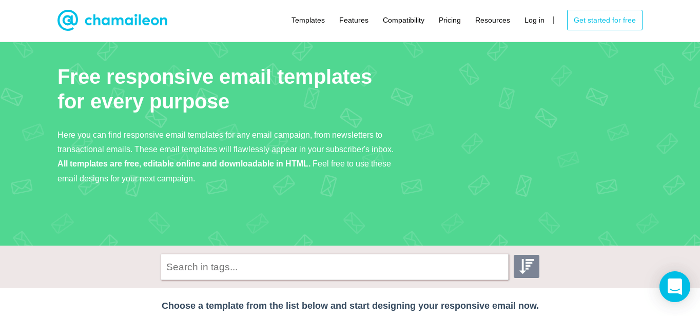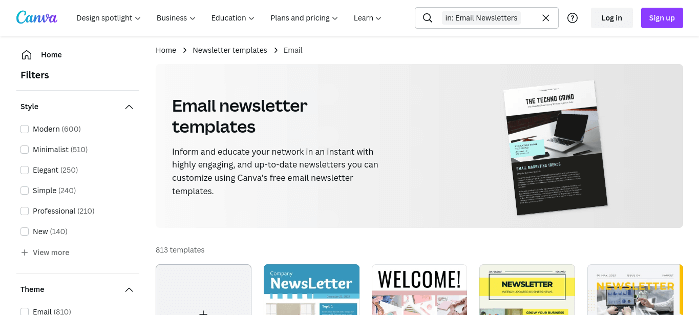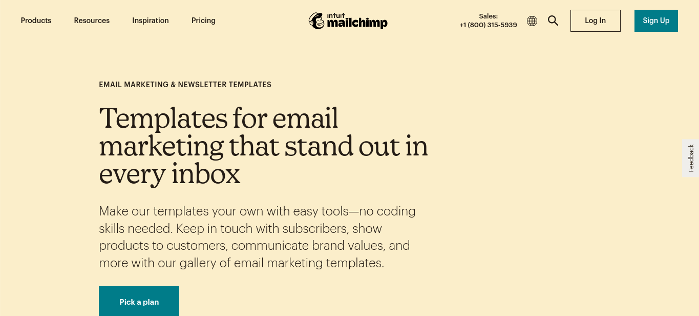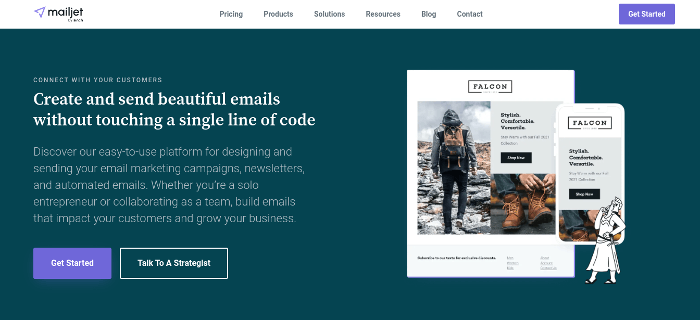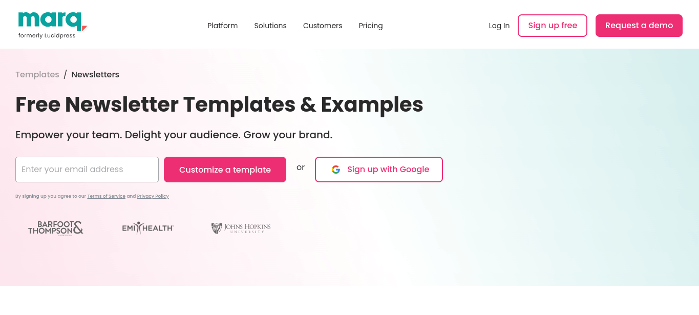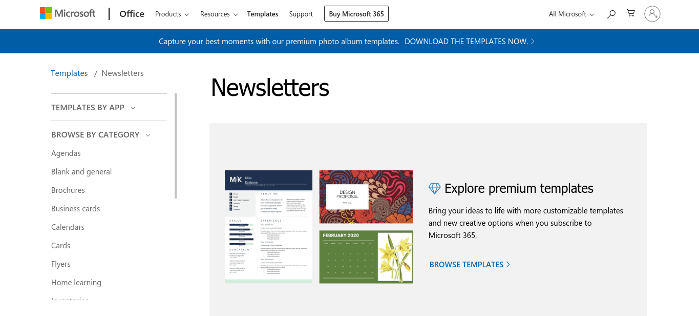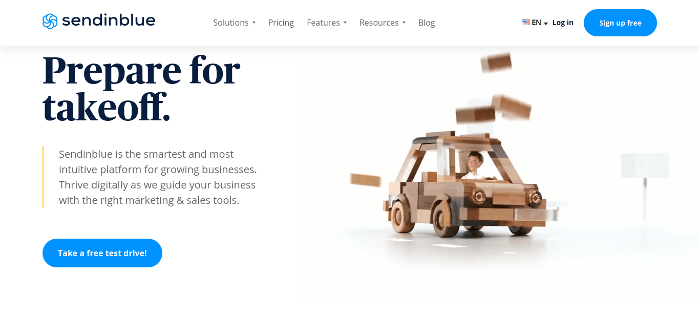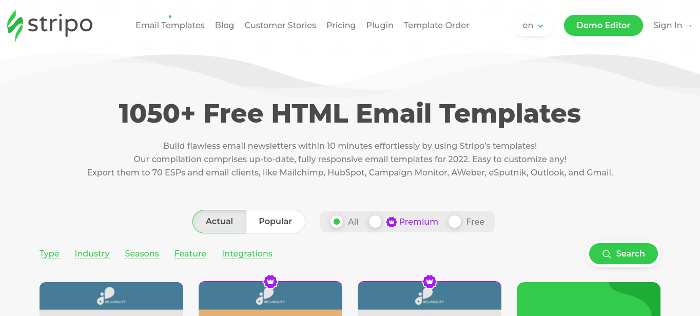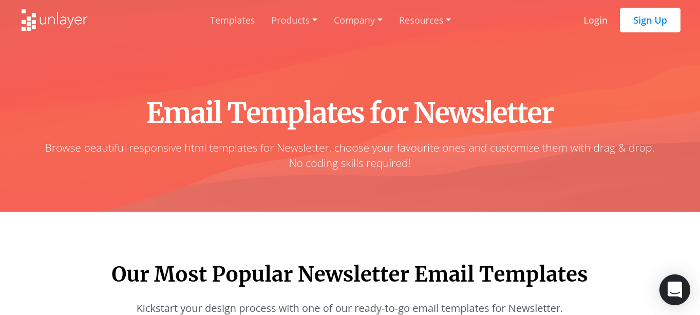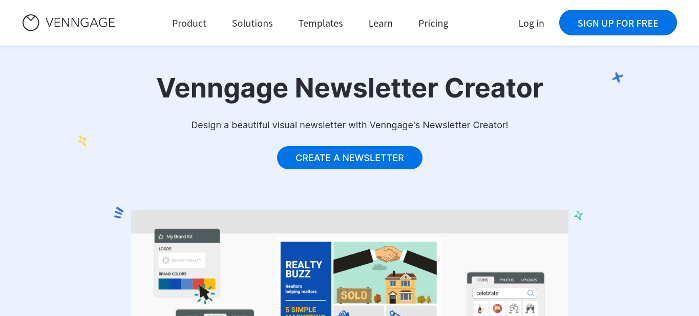Only about 30% of marketers use original research in content marketing strategies, despite numerous benefits. Why?
The Gist
- When data is the story. Executed effectively, original research as content can put your content marketing on steroids, bringing in outsize ROI and sustaining your content calendar for months.
- So, why aren’t 70% of marketers telling the story? Although it’s the most trusted source for B2B buyers, fewer than 30% of content marketers generate their own original research, while nearly all writers incorporate others’ statistics in their content.
- Because not all research is created equal. High-performing original research combines credible data, an engaging story and a solid plan for distribution and amplification through various content formats. Getting it wrong can cost your brand its credibility.
B2B content writing 101 emphasizes the importance of incorporating “evidence” — that is, trustworthy quantitative or qualitative data to substantiate our claims. By doing so, we enhance the credibility of our content, increasing the likelihood that the article will be referenced by others.
And that makes perfect sense. Even in a world where disinformation and propaganda often come cloaked in smart-looking pie charts, almost half of B2B buying committees trust research reports as their most preferred source of product research.
In fact, this 2021 report found that buying committees look for “research-backed content experiences that tell a valuable story.” That’s almost a textbook definition of original research reports.

That is why it is almost unbelievable that while 100% of content marketers use someone else’s original research stats in their content, only about 30% challenged themselves to create their own original research as a key component of their content marketing strategy.

Why? Because creating credible research is a challenging process, costs time and money, and demands an authentic and original approach. Even though the payoff is huge and the resulting content has a longer shelf life than average, the risks can be equally dramatic.
Imagine being trolled on social media by users who find chinks in your research methodology, share data that directly contradicts what your report finds, or worse, question your credibility by questioning the numbers themselves.
But first, the good stuff. Data analytics platform Databox, which has produced more than 1,300 reports over the last six years, swears by original research surveys as a key content marketing pillar. “As a result of all of the content we’ve produced on a wide range of topics, we generate nearly 300k sessions to our website every month, mostly from organic search and word of mouth. This traffic turns into 6k+ signups for our free product every month. We get all of our customers from these signups,” said Peter Caputa, CEO at Databox. That’s pretty straightforward ROI math.
So tip No. 1: Approach original research as a long-term, high-value content initiative. And if you really want people to trust the research coming out of your content marketing stable, pick a niche or a topic, and own it.
Consistently bringing out an annual survey report or update about the same topic positions you as the go-to expert in that topic, said Sarah Kimmel, vice president of research at Simpler Media Group (which owns CMSWire). The Content Marketing Institute, for example, has put out the annual B2B content marketing survey for 13 years now, and it is the first stop for anyone wanting to know the latest trends, patterns and insights about the state of content marketing.
Original research done right can supersize your content marketing ROI by sustaining the content calendar for months, building unmatched visibility, credibility, and thought leadership, and even generating leads.
The experts boil down the secret of high-ROI original research to five elements.
1. Why Original Research? The Right Purpose
“Original research” in the content marketing context is a high-value piece of content for your external audiences (not to be confused with “market research,” which is conducted to better inform internal product or strategy design).
Think of it as another arrow in the content marketing quiver, albeit the “meta arrow” with the power to turbocharge all your other arrows — blogs, articles, social media posts, event and podcast appearances, and even sales pitches.
But designing, executing, and amplifying original research is not as easy as hitting publish on a Survey Monkey form. Too many companies, said Michele Linn, co-founder of Mantis Research, end up executing without properly thinking through the purpose. When you approach it as a “content” project, you will naturally start with clarity on:
- Who is our primary (content) audience?
- What do we want to tell them?
- How will original research help us get there? Why is an original survey report the right content format to help us get there?
- What do we want them to do/feel after consuming this content?
- How will we leverage and amplify this content to make that happen?
These questions may sometimes reveal that original research is not even the best bet for your purpose. For instance, said Linn, if you want to showcase product benefits, use case studies instead. If you want to understand consumer behaviour instead of consumer beliefs, rely on user data instead because surveys tell us what people think, not what they actually do. Beliefs and attitudes are not the same as actions and behaviour.
Key takeaway: Approach original research as a high-value content project. Start by asking the same questions you would ask before embarking on any new long-form piece of anchor content.
2. Who Will Run the Project? The Right Team
While original research will no doubt be helmed by the content marketing team, Linn suggested the project team should consist of roles such as:
- A content strategist who will define the audience, the purpose and the narrative and help create a compelling story around the findings in a way the audience finds interesting.
- A data analysis expert who can help ensure rigor in the research execution, data tabulation and interpretation for statistical significance and accuracy.
- An amplification expert who can create and execute the promotion, distribution and content repurposing plan for the research to derive the maximum reach and visibility.
These resources can be expensive and hard to come by, especially for smaller teams. Teams seeking to establish credibility in new markets where they are relatively unknown may also need additional support. In these cases, third parties such as research agencies, consulting firms or industry publications can help design and execute the project, said Kimmel. People trust the editorial quality and integrity that comes from credible media companies, she added, and the brand benefits from the halo effect.
Key takeaway: Choose to commission, sponsor or co-publish research with a third-party partner, or do it in-house based on available resources and your goal, be it lead generation, building brand credibility, entering a new market or thought leadership.
3. What Story Do You Want to Tell? The Right Narrative
For original research to succeed as compelling content, you need both — the data and the story — to come together in a concrete and cohesive way. But at its core, the content you generate with original research is really a compelling story validated with data.
When asked what made content memorable enough to warrant a sales call, respondents in the 2021 B2B content preferences study noted they want content that:
- Tells a strong story that resonates with buying committees (55%)
- Uses data and research to support claims (52%)
- Is research-based (40%)
- Is packed with shareable stats and quick-hitting insights (40%)
- Is personalized/tailored to their needs (32%)
The best approach is to start with what your customers want or need to know. What data-backed insights about their industry would really help them? Try to find angles or topics that have not been covered before.
Obviously, the topic should also be as close as possible to your own brand story, said Kimmel, which may be better served by a narrow research focus. For instance, a data analytics vendor whose brand narrative is “ease-of-use” may choose to focus research on the “data team composition.” The angle of the research could be to study how business teams use analytics software, why they don’t or can’t use them to their full potential, or what under-use of fully-loaded analytics software may actually cost the business. Adding actionable insights to fix the gaps is a bonus that the brand can add at the end of the research.
The goal, added Linn, is to study some aspect of the industry with genuine curiosity instead of trying to prove something or contriving the research to support your brand story.
So tip No. 2 is to use the research to test your hypothesis, not validate it. For that, start with a few different hypotheses about your audience and the problems they may be facing. For instance, in the above example, the hypothesis could be that marketing teams don’t fully use the analytics software they buy. The research could reveal why. Or that companies are spending more on data analytics teams despite investing in “DIY” data analytics software.
Manipulating data to suit your pre-decided narrative is obviously not useful, agrees Kimmel, so while you think of a theme and angle, don’t assume what the findings will show. “We once had a client that assumed their audience would cut benefits due to the economic slowdown. But the research found that only 1 in 6 respondents planned to cut benefits,” she said. “The best surveys can roll with such surprise findings and still tell a compelling story, warts and all.”
Key takeaway: With original research, the data is the story, but how you tell it is what really counts. Finding a unique angle to hold up the research and weave the story around is where your expertise about your industry and the audience comes in. No matter what findings emerge, find an angle to create an interesting and educative story for your audience.
4. Executing the Survey: The Right Process
Execution is made up of several moving parts. The process could take months, but the results can also sustain your editorial calendar and drive organic traffic for months, if not years.
The survey questions can make or break the research outcomes. Asking the wrong questions or the right questions in the wrong way can seriously impact data quality and credibility. The Databox team often “pre-qualify” their survey questions on social media to crowd-source feedback before actually creating the formal survey questionnaire.
The hardest part of original research surveys in the B2B context is getting enough of the right respondents. “Aside from a list of respondents we’ve built over several years, and one-on-one interviews, we’ve recently started partnering with other organizations to run joint surveys, which is a win-win in terms of reach,” said Caputa.
Smart survey tools like Survey Monkey and Alchemer help design better questions, translate and administer surveys at scale, distribute them across multiple platforms, etc. Survey analysis tools such as ResearchStory help with cleaning the data and the technical and statistical analysis needed to find meaning in the numbers. Conversational AI and AI for text or speech analysis help mine deeper insights at scale. AI also aids processes like survey scripting, content development and data visualization to tell the story better.
Turning the insights into a compelling narrative — and if possible, actionable insights is where the real magic happens. The most important thing, said Matt Powell, VP & executive director of of B2B International, a Merkle North America company, is to deliver something that customers actually need and value including useful, practical insights. A report that’s full of stats and data without context, interpretation or a unique point of view is just not useful, no matter how thorough the research process was.
So tip No. 3 is that original research needs to tell a great story and tell it well.
Key takeaway: Primary research surveys may be the last bastion for marketers seeking to say something new and original, but AI-powered tools can help make the execution more efficient, accurate and scalable.
5. Being Seen and Heard: The Right Amplification
The wonderful thing about original research is its sheer versatility. Depending on your purpose, you can do quantitative research with an online survey tool, dipstick surveys via smaller and snappier social media polls, in-depth qualitative research to a highly representative sample population, etc. And you can turn those results into a wide range of content. This annual research report by MOPros, for example, uses a combination of quantitative and qualitative research to bring readers both — the stats and the unique individual perspectives that enrich and support the data. Linn also highlights this ‘State of Workflow Automation’ report that was repurposed into a report, webinars, a podcast, an assessment tool, sales enable materials, blog content and a conference presentation among other formats.
Research content can also be used at all stages of the marketing funnel, said Powell. Recently, for instance, his team helped a B2B brand use research-based thought leadership to reposition their brand from being a provider of legacy, commoditized products, to being a solutions provider in an adjacent category, and marketing at the top of the funnel to a whole new decision-making unit. At the bottom of the funnel, the content can add to lead-gen activity and bring customers through nurture pathways.
Too many clients invest in a research project but don’t do enough with it because they did not factor that in at the start of the project, says Kimmel.
Tip No. 4: Know when you begin what you plan to do with the research. The report is just one piece of content — but the findings and the narrative should be credible and engaging enough to support a full suite of content — conference presentations, webinars, infographics, blogs, white papers, podcasts, sound bytes, social posts, etc., to amplify and deliver optimal ROI.
Key takeaway: The shelf life of original research data can often be years, not days or weeks. The more you amplify, the more backlinks you get, the higher your search engine authority and the more organic traffic you generate. An added bonus would be ChatGPT amplifying your research findings by citing them in its responses!
Done right, original research is a gift that keeps on giving. But success depends on approaching it as a high-value content project designed to serve your audience, not your agenda.
By Chitra Iyer
Chitra is a seasoned freelance B2B content writer with over 10 years of enterprise marketing experience. Having spent the first half of her career in senior corporate marketing roles for companies such as Timken Steel, Tata Sky Satellite TV, and Procter & Gamble, Chitra brings that experience to her writing. She has authored over 500 articles, white papers, eBooks, guides, and research reports on customer experience, martech, salestech, adtech, retailtech, and customer data and privacy. She holds a Masters in global media & communications from the London School of Economics and Political Science and an MBA in marketing



![5 Design Tips for Creating Stunning Social Media Graphics [Infographic]](https://mediastreet.ie/wp-content/uploads/2023/05/Green.png)




